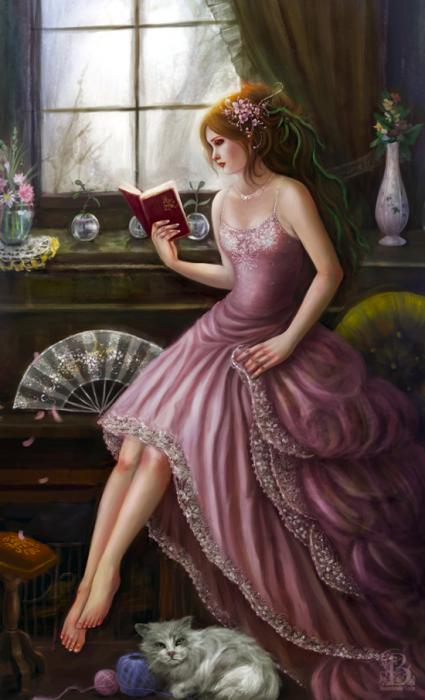Reading Jane Austen or Somerset Maugham, I can reach one conclusion:
people must’ve had a lot more time on their hands. But think about it, it was
the rich who could afford books and were literate. They didn’t have to worry
about most things us nine to fivers do. Considering that readers give modern
day writers very little time to establish why they should read our book, making
a plot that catches their attention and refuses to let go is a must. So how
exactly do you do that?
1. Withhold Information
Any Charles Dickens novel you read will
have a last minute surprise, giving it a twist that keeps you glued to the
book. In Great Expectations, how many of us ever guessed that the convict was
Pip’s benefactor? At times misleading the reader can work too. Through most of
the novel, Dickens makes us belief Mrs. Havisham is funding Pip which makes the
truth even more shocking.
2. Make the Readers Guilty
Conflicting feelings are a good way to
keep the readers glued.
Clockwork Orange makes you side with a sociopath murderer and in doing so, you feel torn apart. If something makes us happy, we
are content and forget about it soon enough. But something that makes us squirm
will stay in our heads and force us to turn the pages.
3. Sense of Helplessness
 |
| Run, Forrest, run! |
This tactic never fails. I can’t think
of an appropriate literary example, so I’m switching to movies. In Scream,
remember the scene where Sydney's friend doesn't realize that the Ghostface standing in front of her is the actual killer and she keeps taunting him? Didn’t it make you want to jump out your seat, rush into
the television and scream, “Haul ass, you friggin' moron!” If your villain reveals
that he’ll kill the hero by tampering with his car brakes and in the next
chapter, your hero decides to take a drive, the readers will hate you for making
them miss their favorite show and love you for writing such a great book.
4. Don’t Overdo It
Alternate between subtle tension and
outright tension. Not everyone has to be screaming, jumping out of windows, and
getting stabbed for the reader to be interested. Sometimes the best tension can
be two people sitting in the room, refusing to talk. Alternating between
different types of tension keeps the reader guessing what will happen next.
Will the lovers have a violent outburst or will they simply freeze each other
out?
5. Downtime
 |
| Apologies to fans. It was a good film. |
I just watched Star Trek: Into the
Darkness, so this one comes straight from the heart. Gives the reader (or in my
case, viewer), a chance to relax. With Stark Trek, every second was epic, every
minute something crucial was happening. After the first twenty minutes, my
reptilian brain went numb and by the time Chris Pine was dying, I turned to my
sister, baffled, and asked, “Why’s he talking so slowly?” After something
dynamic has happened, let the tension settle down, let the gravity of the
situation sink in. Or you’ll leave your readers jaded and wondering why Chris
Pine was talking so slow.
So that’s it for today. On a side note,
I was disappointed that Benedict Cumberbatch’s entry in the movie was so plain.
I thought they’d make it a lot more grand. I guess there’s always the sequel,
but I think it’s too much for this reptile to handle.


No comments:
Post a Comment